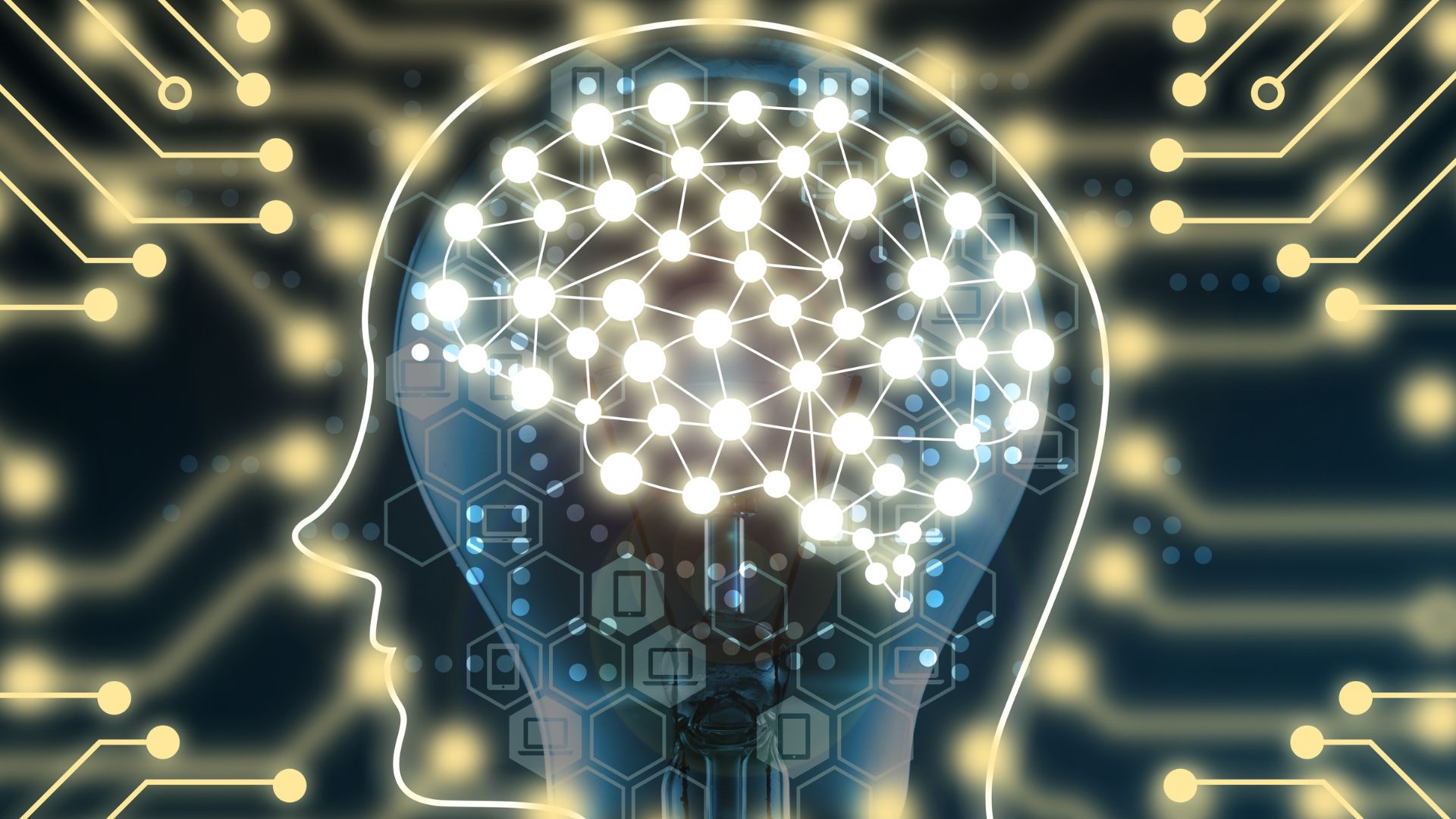Machine Learning Basics: Your Gateway to AI Development

Machine Learning (ML), a subset of Artificial Intelligence (AI), is a method of data analysis that automates analytical model building. It's a technology that enables computers to learn from data and make decisions without being explicitly programmed. This guide provides an introduction to the basics of machine learning, setting the stage for anyone interested in entering the field of AI development.

1. Understanding Machine Learning
ML is based on the idea that systems can learn from data, identify patterns, and make decisions with minimal human intervention. It involves algorithms and statistical models that computers use to perform tasks without using explicit instructions.

2. Types of Machine Learning
- Supervised Learning: The algorithm is trained on labeled data. It learns a relationship between input and output datasets. Typical applications include spam detection and regression analysis.
- Unsupervised Learning: This involves training on data without labeled responses. The goal is to explore the structure and patterns in the data. Common uses include clustering and association algorithms.
- Reinforcement Learning: An algorithm learns to perform a task simply by trying to maximize rewards it receives for its actions. It's used in various fields, like gaming, navigation, and real-time decisions.

3. Key Concepts in Machine Learning
- Data Preprocessing: Involves cleaning and converting raw data into a format that the algorithms can understand.
- Feature Selection: Choosing the most relevant variables to use in model construction.
- Model Training: The process where the machine learning algorithm learns from the data.
- Overfitting and Underfitting: Overfitting happens when a model learns the training data too well. Underfitting occurs when a model doesn’t learn the training data well enough.
- Cross-validation: Used to validate the model's performance on unseen data.
4. Popular Machine Learning Algorithms
- Linear Regression
- Logistic Regression
- Decision Trees
- Random Forests
- Neural Networks
- K-Nearest Neighbors (KNN)
- Support Vector Machines (SVM)
5. Tools and Libraries for Machine Learning
- Python and R: Popular programming languages for ML due to their simplicity and the rich ecosystem of libraries and tools.
- Scikit-learn: A Python library that offers simple and efficient tools for data mining and analysis.
- TensorFlow and PyTorch: Libraries for deep learning, a subset of ML, with PyTorch known for its simplicity and TensorFlow for its scalability.
6. Applications of Machine Learning
Machine learning is applied in various domains like finance for risk assessment, healthcare for disease prediction, e-commerce for personalized recommendations, and many more.

Machine learning is a rapidly evolving field, forming the core of many AI applications. It offers immense possibilities for creating intelligent systems that can improve efficiency, automate tasks, and provide insights. For anyone aspiring to venture into AI development, understanding the basics of machine learning is an essential first step. This field not only demands technical skills but also creativity and curiosity to explore the vast possibilities that machine learning can offer.
